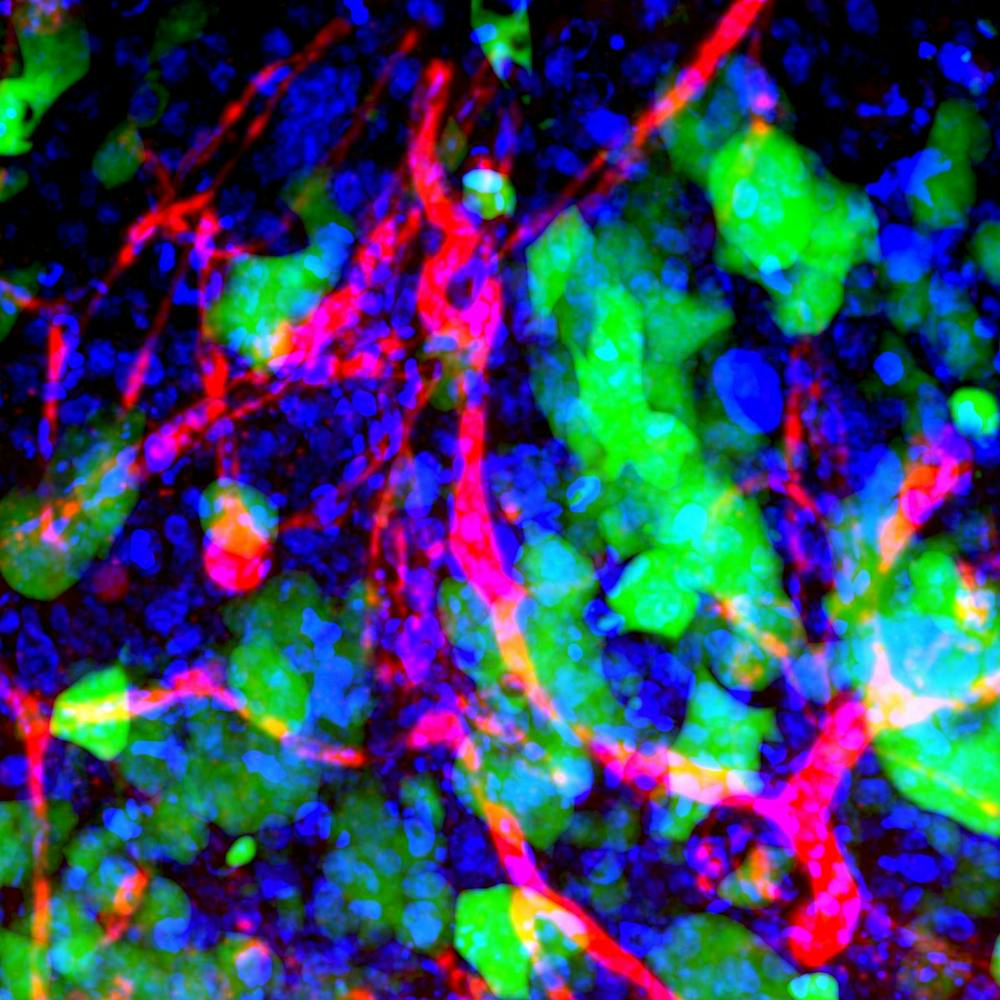On Wednesday, Sept. 20, the director of NanoBio Lab and founding executive director of the Institute of Bioengineering and Nanotechnology in Singapore, part of the Agency for Science, Technology and Research, Jackie Ying discussed functionalizing nanomaterials for various applications, such as increasing energy storage in batteries, preventing antimicrobial resistance and delivering anti-cancer agents.
The seminar, “Design and Synthesis of Nanomaterials for Biomedical and Energy Applications,” was hosted by the Johns Hopkins Department of Chemical and Biomolecular Engineering for their ChemBE Seminar Series.
Lithium-ion batteries are used by almost all technological devices, including smartphones. A persistent area of study has been on the materials of cathodes and anodes to improve battery capacity. Instead of using graphite, a layered form of carbon commonly used in battery anodes, Ying harnessed metal oxides to generate different compositions of nanosheets that could buffer volumetric changes in electric cycling and increase the surface area of contact with electrolytes.
However, use of metal oxides had previously been limited due to their difficulty to engineer. Synthesis requires the separation of existing layered materials, extensive heat and pressure or volatile precursors. Ying was able to circumvent these challenges by creating planes of graphene oxides that act as templates for metal oxide precursors in the form of accessible salts or alkoxides to undergo planar-confined growth.
“Most dramatic differences come when we use different compositions,” she said during the seminar. “[Using tin oxides,] we can dramatically improve their capacity [to] three or four times that of graphite.”
Another application of nanomaterials involves antimicrobial agents. The overuse and misuse of broad-spectrum antimicrobials have led to a rise in antimicrobial resistance; we require new antimicrobials at a pace faster than they can be developed.
From a materials science perspective, Ying was able to address this issue with polymers of imidazole salts or polyimidazolium salts. She found that the positively charged backbones of these polymers can interact with the negatively charged surfaces of bacterial and fungal cells, ultimately piercing through their membranes and emptying their cell contents. When Ying compared the use of these polymers to fluconazole, one of the most commonly used antimicrobial agents, in the treatment of fungal keratitis in rabbit eyes, she found polyimidazolium salts to perform better as an antifungal treatment.
Polyimidazolium salts are also much cheaper to synthesize and have a longer shelf life, even when kept at room temperature, compared to fluconazole, which needs to be refrigerated and used within a week of opening.
Perhaps the most advantageous feature of polyimidazolium salts is that they do not interfere with the internal molecular and cellular processes of bacterial and fungal survival, which prevents the development of antimicrobial resistance.
Another question that is often posed about nanomaterials is whether they can be used to better deliver cancer drugs.
“The [drug] carrier is usually a polymer. They have no therapeutic effect and need to be minimized in terms of their loading,” Ying said. “We thought, can we try to develop a drug carrier that has a therapeutic effect … to have a synergistic effect with the drug itself.”
Ying chose to use catechins, the main ingredient in green tea, which has anti-cancer, anti-inflammatory and antioxidant properties, in the formulation of her micellar nanocomplex. She selected an oligomer of EGCG, a type of catechin, as the core of the complex in order to bind protein drugs and stabilize micelle formation. Additionally, she chose a PEGylated shell to allow for longer circulation in the body.
“The lipid nanoparticles [used in some vaccines] work well but they have some toxicity. As a vaccine, it is fine, because you inject it twice a year,” she said. “But when you are talking about using it for a normal therapeutic, you really want a material that is nontoxic and biocompatible, and this green tea material is one such system.”
Ying was able to demonstrate a synergistic anti-tumor effect when combining her green tea-based micellar nanocomplex with cancer drugs such as Herceptin and Sunitinib.
Honggang Cui, a Johns Hopkins professor in the Department of Chemical and Biomolecular Engineering and a core member of the Institute for NanoBioTechnology, described Ying’s contributions to nanotechnology in an interview with The News-Letter.
“She is a pioneer in this field,“ he said. “Her research serves as a classic example of how nanoparticles and nanostructured materials can be used to improve the effectiveness of drug delivery.”
Cui leverages the molecular self-assembly properties of a drug to create nanoparticles with the same composition as the drug. He believes this approach will more effectively mitigate concerns related to the cytotoxicity and tissue toxicity associated with synthetic materials while also streamlining the drug formulation process for nanoparticle-based drug delivery systems.
“The problem is that many drugs need to be in the right place to function. The drugs themselves, even if they have desired biological activity, do not possess the ability to reach the target,” he said. “I call this one-component medicine or self-formulating drugs.”
Cui uses these self-assemblies to create hydrogels that release drugs over an extended period of time. These treatments can be used in post-surgical adjuvant and antiviral settings to decrease the risk of cancer recurrence and improve the quality of life of HIV patients who depend on antiviral drugs, respectively.
“The current question isn’t whether nanomaterials can have an impact on medical research, but rather how and when they will do so,” he said.





